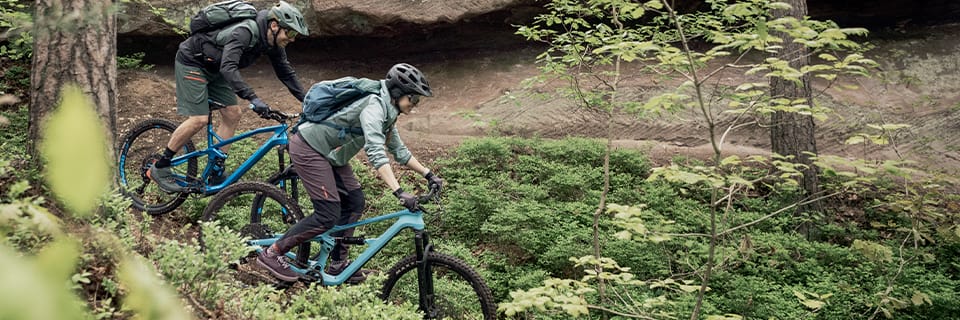Halfway between Randonnée and Enduro, All-Mountain biking is becoming increasingly popular, thanks to its fun and playful nature and the wide variety of routes it allows. As a result, the range of bikes on offer has grown, making it harder to choose. Here are a few tips to help you make the right choice.
What is an All-Mountain bike?
Oriented above all towards fun and riding pleasure, allowing you to venture onto steeper slopes than in XC, with a strong playful dimension, All-Mountain is to Enduro what Randonnée is to Cross-Country: a leisure-oriented variant, more accessible both physically and technically, thanks to comfortable, safe and easy-to-ride bikes.
Whether you want to tackle an Alpine crossing or take on gravity on highly technical, adrenalin-pumping circuits, this is the type of bike you'll find in our range. MOUNTAIN BIKES that's just right for you: a bike that's both capable of climbing very well and at ease on the downhill, even if it's steep.
WHICH FRAME IS RIGHT FOR ME?
Since pure efficiency is not the primary concern here, many All Mountain frames are made of aluminum, which combines robustness, lightness, reliability and dynamism without breaking the bank. It's worth noting, however, that manufacturers are responding to all expectations with carbon models, particularly for riders who love beautiful equipment or want the very best, even for leisure use.
In terms of geometry and kinematics, All Mountain bikes feature a longer top tube and shorter chainstays for greater control and responsiveness. While most models are all-suspension, each brand generally offers at least one model in its range that is a semi-rigid mountain bike that will satisfy the most technical riders looking for a fun, playful model.
When it comes to wheel size, all solutions are possible, even if the 27.5" is quite common, thanks to its excellent compromise between responsiveness and ease of handling. Under the impetus of certain pro riders, the 29" is now the most widely used format, thanks to new geometries and the Boost standard. It's all a question of taste, as well as the rider's size: a 29" can be advantageous for riders over 1.70 m tall. It's worth noting that the 27.5+ (27.5" wheels allowing very wide tires to be fitted) is a hybrid format that is particularly relevant to All Mountain riding, since it offers greater comfort, stability and versatility. Indeed, many 27.5+ models accept both 27.5+ and 29" wheels.
What's more, some brands mix wheel sizes on the same bike, for example with a 29" wheel at the front for climbing ability and steering precision, and a 27.5+ wheel at the rear for traction and comfort.
WITH WHICH EQUIPMENT?
Visit Full-suspension mountain bikes designed for all-mountain riding have suspensions generally ranging from 120 to 140 mm at the rear and 120 to 150 mm at the front, so you can ride everywhere with ease and pleasure. They often come with locking options to allow you to tackle rolling, climbing and descending in the best possible conditions. These can often be operated directly from the handlebars, so you don't have to waste a single second.
When it comes to drivetrains, a single-plate system (1x11 or 1x12V) is becoming the norm, although a double or even triple crankset, combined with a 10 or 11-speed cassette, can reassure a more physically limited rider by providing greater versatility and peace of mind when climbing.
The rest of the components are pretty much identical across all models, with 180 mm diameter hydraulic disc brakes, Tubeless / Tubeless Ready wheels and a telescopic seatpost for the ideal position at all times.
Découvrez tous nos conseils & Tutoriels
MTB Universe
-
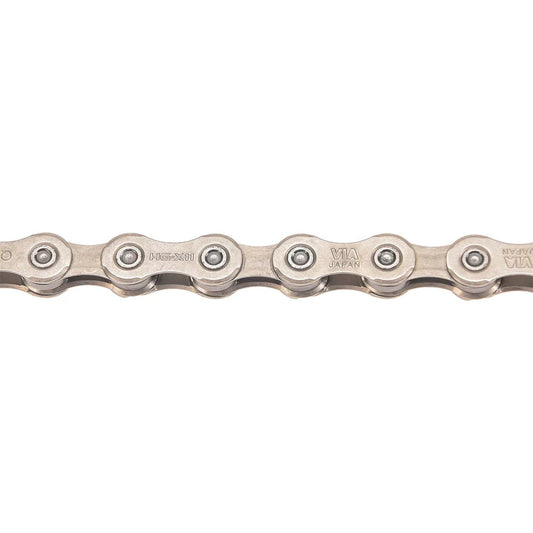
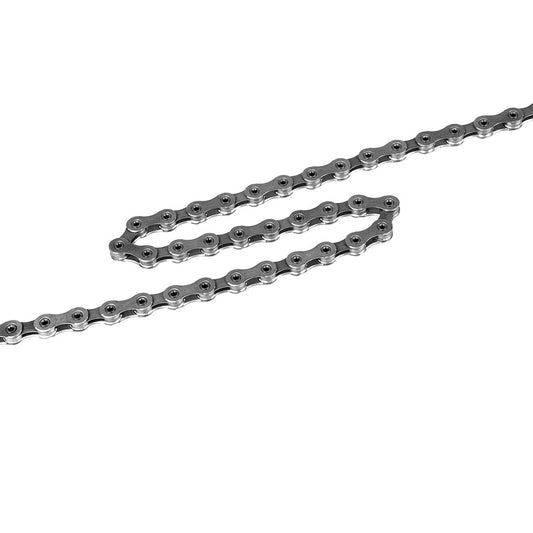
11 Speed SHIMANO XT ULTEGRA CN-HG701-11 Quick Link E-Bike Rated chain
Regular price From 28,99 €Regular priceUnit price per -
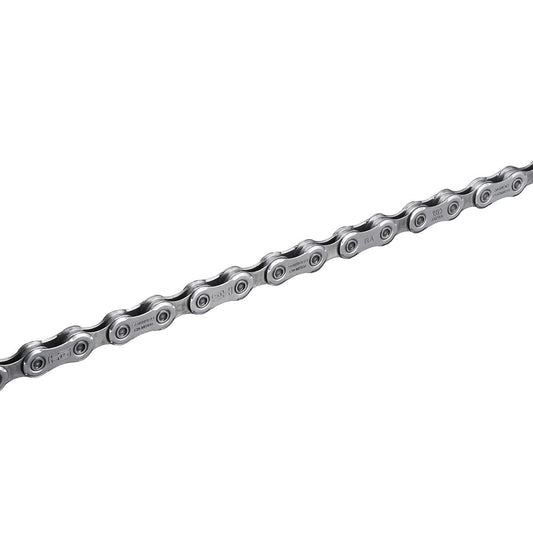
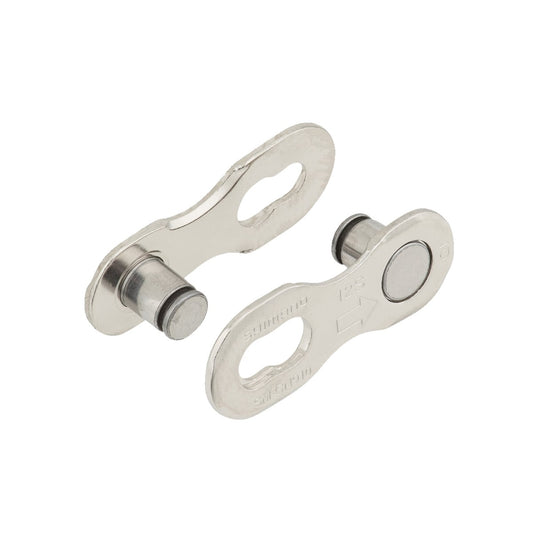
12 Speed SHIMANO XT ULTEGRA CN-M8100 Quick Link E-Bike Rated chain
Regular price From 29,99 €Regular priceUnit price per -
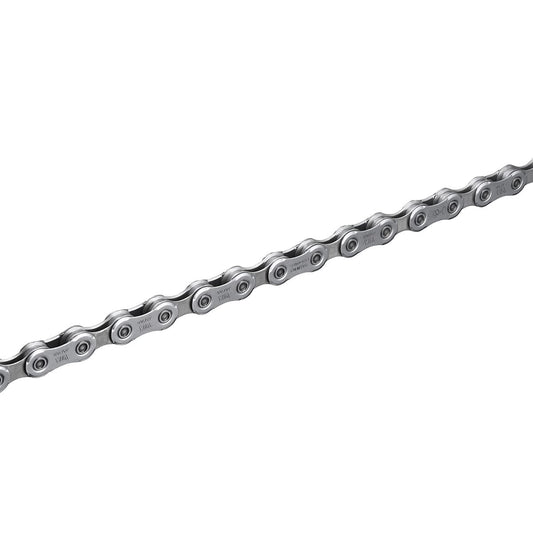
12 Speed SHIMANO SLX 105 CN-M7100 Quick Link E-Bike Rated chain
Regular price From 19,99 €Regular priceUnit price per -
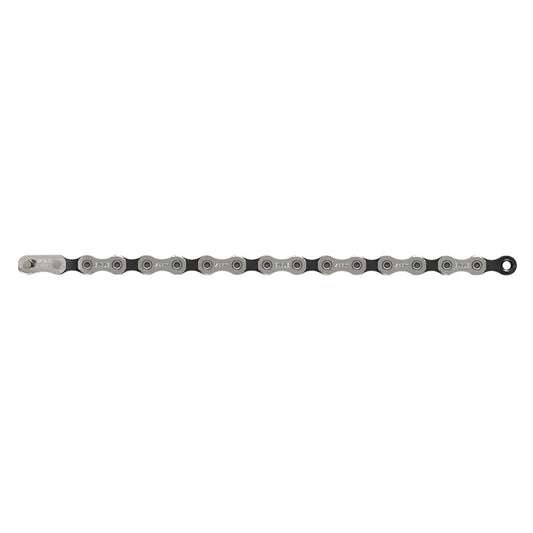
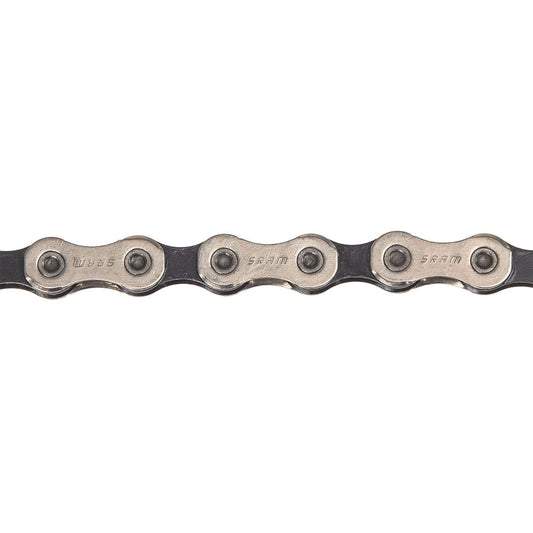
Chain 12 Speed SRAM GX EAGLE
Regular price From 22,99 €Regular priceUnit price per -
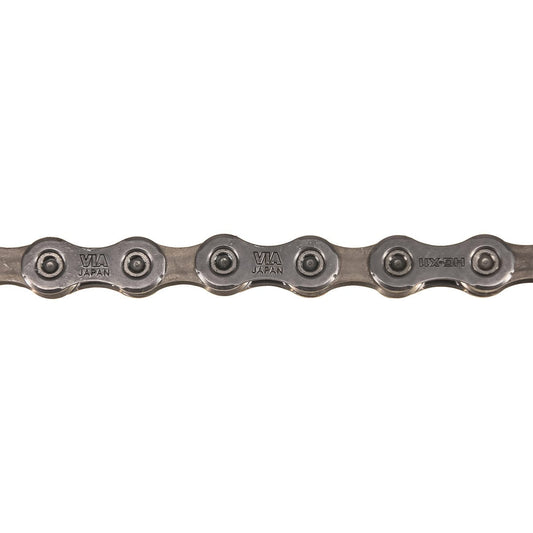
11V SHIMANO SLX 105 CN-HG601-11 E-Bike Rated chain
Regular price From 18,99 €Regular priceUnit price per -
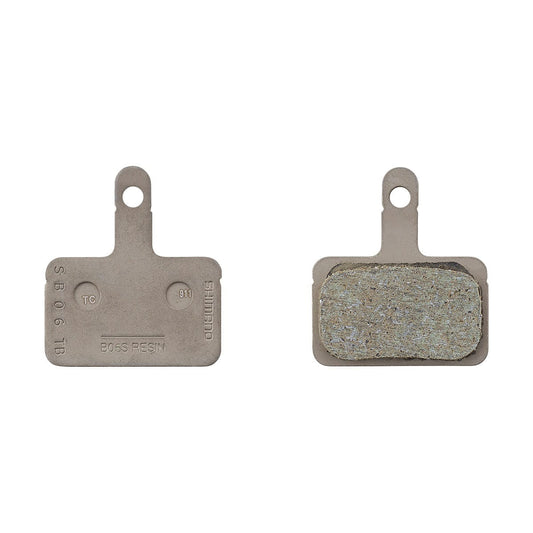
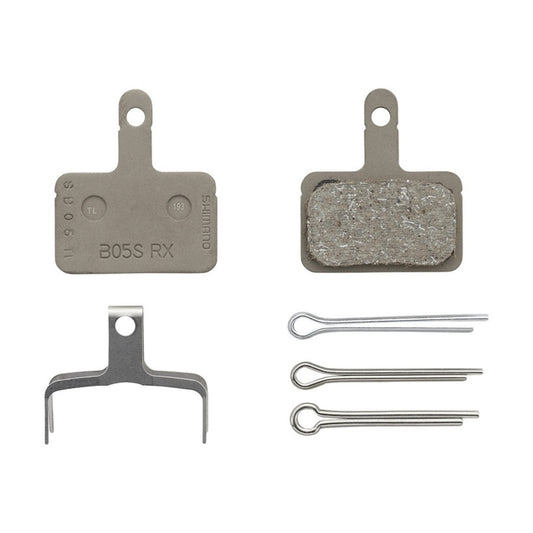
Brake Pads Organic SHIMANO B05S-RX
Regular price 5,99 €Regular priceUnit price per -
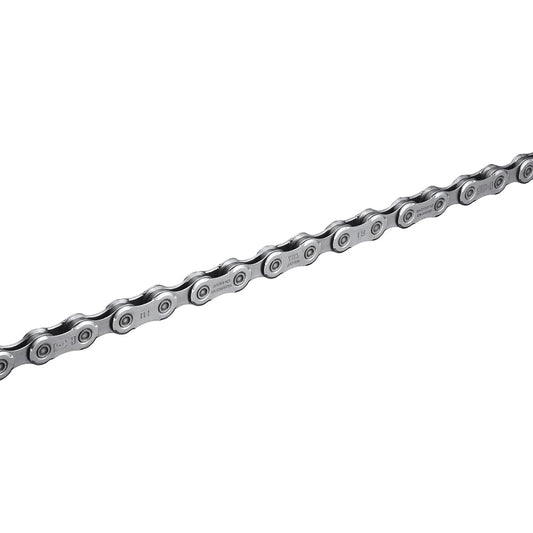
12V SHIMANO DEORE CN-M6100 Quick Link E-Bike Rated chain
Regular price From 14,99 €Regular priceUnit price per -
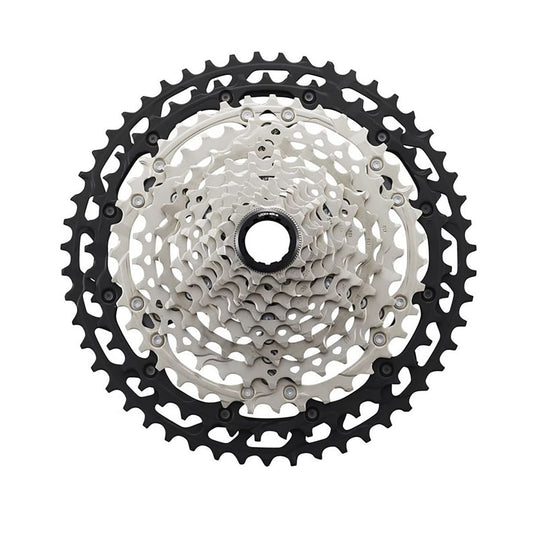

SHIMANO DEORE XT CS-M8100 12 Speed Cassette
Regular price From 89,99 €Regular priceUnit price per
